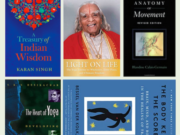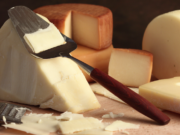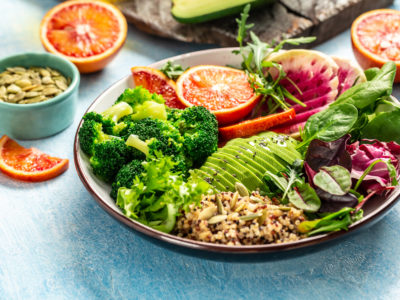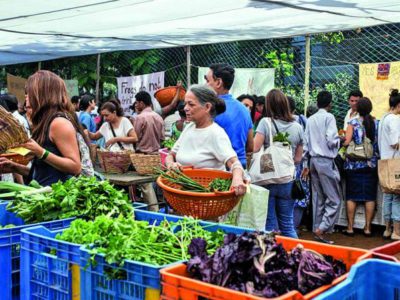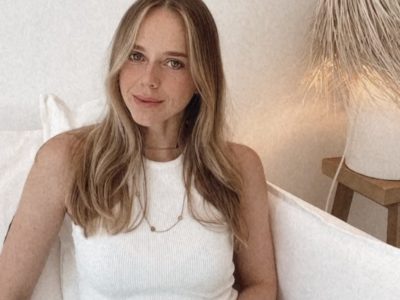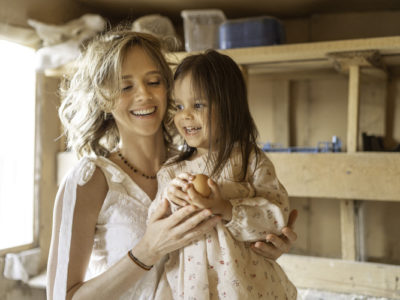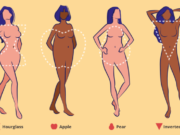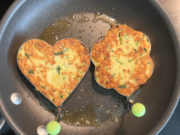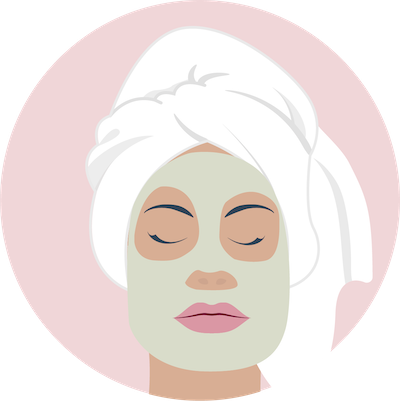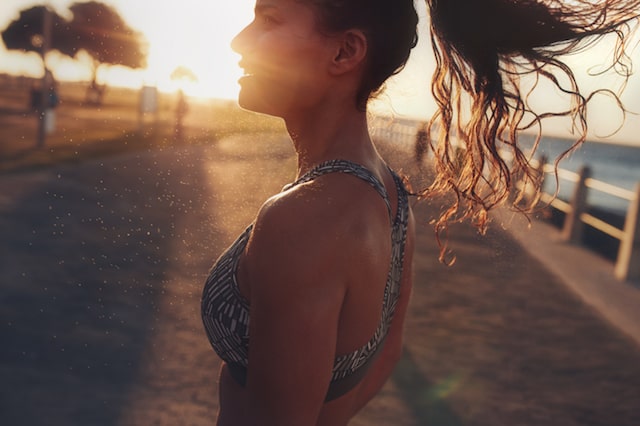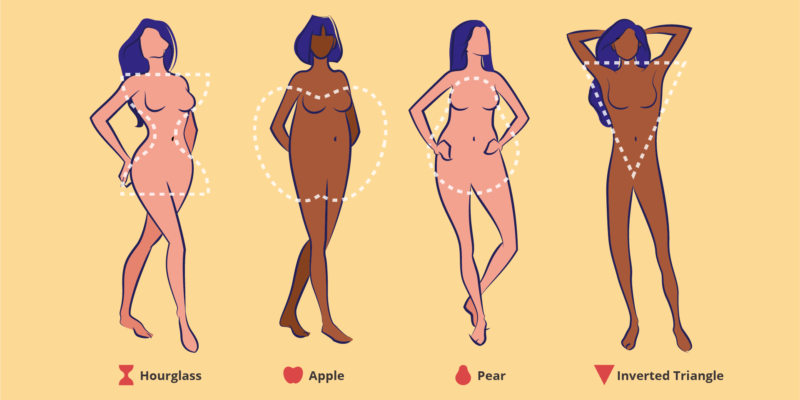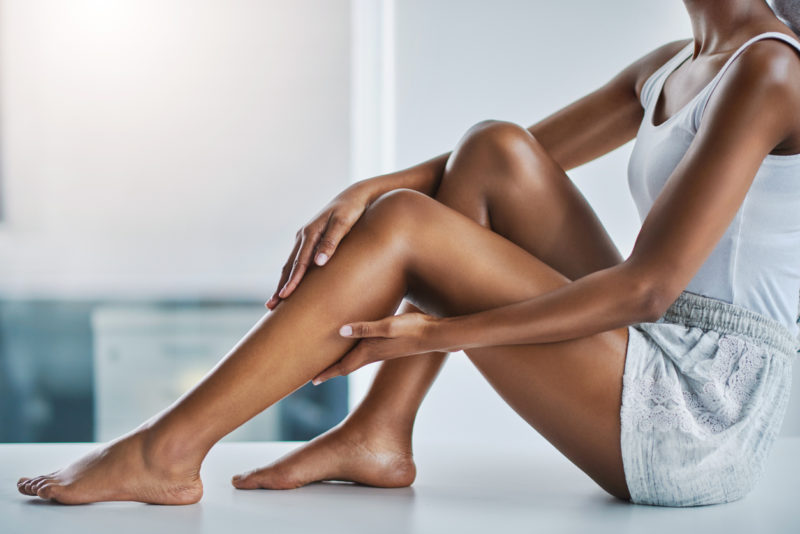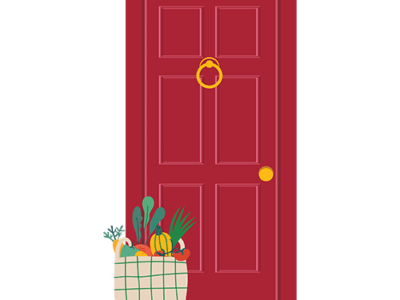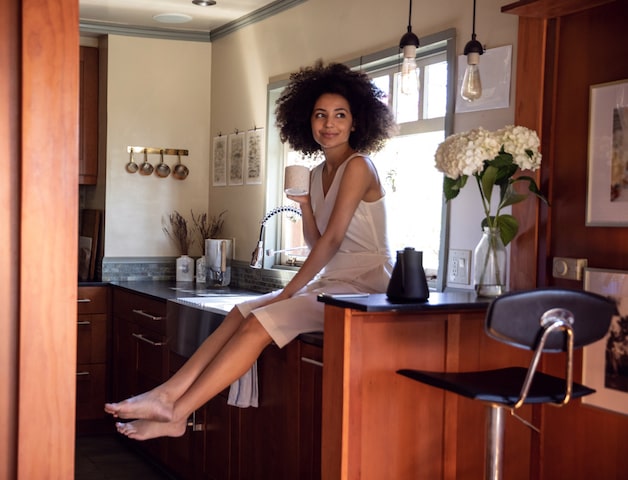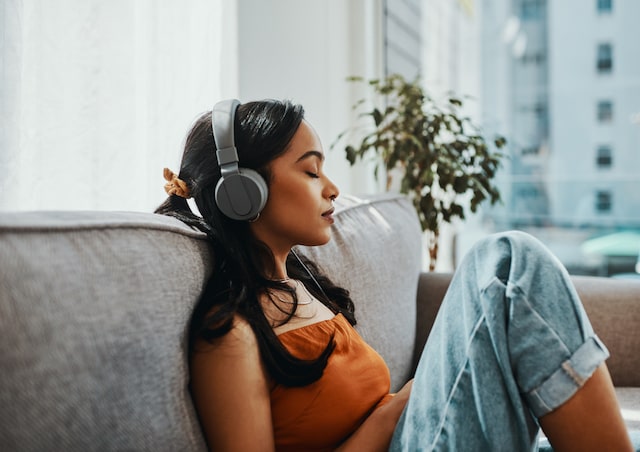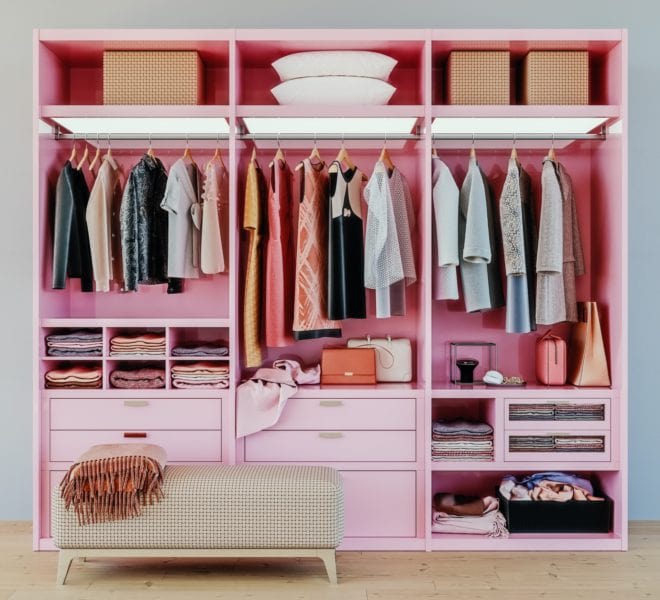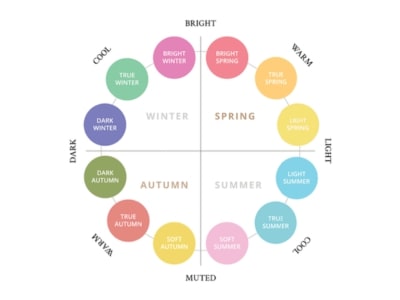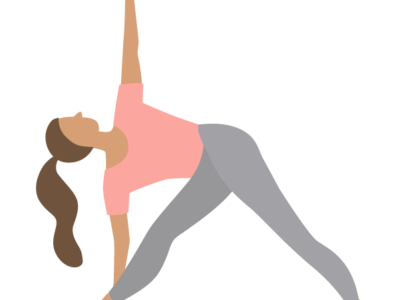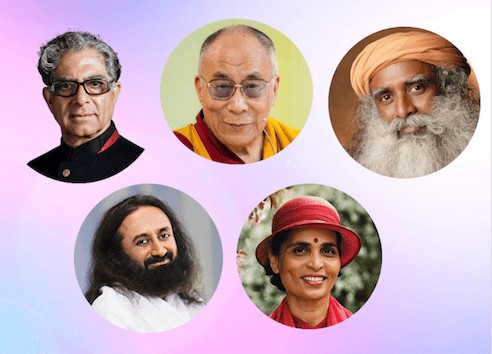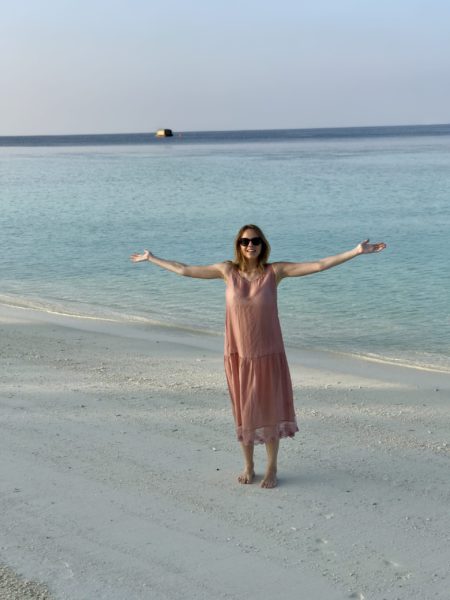Nestled away cozily on a balcony overlooking the stunning Sula estate vineyards, we spoke to Rajeev Samant, the man responsible for putting India on the global wine map, on the meteoric rise of Rosé wine in the last decade, its history, its production process, and how it became so cool.
Margo – Rosé has steadily gained popularity across the world. What do you think has been the reason that people have taken to rosé so well?
Rajeev – Rosé has just recently come into its own. The wine world was all about red and white, and rosé was forgotten, or in some cases, even considered cheap. But in the last 10-15 years, it has all changed. The trend started in Saint Tropez around 2 decades ago when all these cool, wealthy people sipped on rosé throughout the summer. So the rosé trend started around Provence that’s near Saint Tropez and Cote d’Azur. Over time, people – especially wealthy people – started looking for better quality rosé, apart from the 5 and 10 euro variants that were available. That’s how producers started making better rosé.
Margo – Okay.
Rajeev – Around this time, wine producers in and around Provence started putting in a lot of effort into their rosé, and they came up with these complex, flavorful, award-winning, and medal-winning wines. That is what started off the rosé boom.
Margo – And how did it spread across the rest of the world? Because today, rosé is all over the world…
Rajeev – So once it kicked off in Saint Tropez, the trend made its way all across France and then to Southern Europe. A lot of people spend the summers in the South of France or Southern Italy. This is where they were sipping on rosé the most. From there it slowly spread to other popular beach destinations like the Hamptons. So New York’s rich and famous usually party in The Hamptons during the summer months, and all of a sudden everyone there was drinking Provencian rosé. A lot of them were introduced to rosé for the first time in the South of France, and once they developed a taste for it, the rosé boom quickly spread to the rest of the world.
Margo – That’s very interesting. And what are these rosés like?
Rajeev – Provence Rosé is typically made from red Grenache grapes, but the winemaking technique is a lot like the one used to make white wines. That’s how you get rosé – a wine that’s between red and white. The most recent trend in rosé is all about pale variants. The new rosé is sometimes called gris or grey in France, and these rosés have a greyish tinge with a hint of pink. Earlier rosés used to be stronger, robust, and had a darker colour.
Margo – Interesting! And what do you think has made rosé so popular and well-accepted?
Rajeev – The thing about rosé is that it’s a very versatile wine. You can drink it in the summer when it’s warm, or even in slightly cooler weather. It can be enjoyed as an aperitif or you can pair it with foods like white meat or salads. And of course, the fact that it has a beautiful pink colour adds to its charm, right? The hue gives you a feeling of celebration, and pink is also the colour of love, which makes it perfect for many occasions.
Margo – True! And what’s the rosé scene like in India? Seems to be everywhere here too!
Rajeev – Sula has been making the Zinfandel Rosé for a long time, which is India’s largest selling rosé. But we recently started making a Provence-style rosé called The Source Grenache Rosé, using the same Grenache like in Provence, though grown in Nasik. It’s dry and pale, bursting with flavours of red berries and delicate floral aromas. Of course, this is a hipper and a slightly more expensive rosé that’s enjoyed by connoisseurs. But it’s a huge hit! It’s on the list at Soho House, and it’s also served by the glass at the Taj. At this point, it’s India’s top quality rosé.
Margo – That’s amazing!
Rajeev – Another amazing thing about rosé is that it’s not a very complex wine. Even the best rosés tend to be less complex than the best red wines. You don’t need a very refined palate to enjoy a nice rosé. It naturally appeals to the different parts of your palate and stimulates your cerebral cortex connections, making sure you have a great time.
Margo – Rosé is considered to be more of a woman’s wine, right?
Rajeev – I think women have taken very naturally to rosé. It’s like the female equivalent of red in many cases. I’d say more than half the rosé in the world is consumed by women. That’s probably the only kind of wine for which that statistic is true.
Margo – Okay, that’s very interesting.
Rajeev – When you’re on the beaches of Goa this winter, and thinking about what’s the perfect wine to drink with your meal at La Plage or at Gunpowder, you can’t go wrong with a great rosé.
Margo – Well, wine is very fascinating, but sometimes it can be intimidating. What do you recommend for beginners who are trying to understand wine better?
Rajeev – I strongly recommend taking the one-day WSET Level 1 course if you’re looking at becoming more wine-literate. WSET is the premier wine tasting institute from London that gives you so much information in just one day, that by the end of it you know a lot more than when you started out. It really expands your wine horizon and amps up your enjoyment & understanding of wine, one of life’s real joys.
Read Next :
There’s No Planet B : Sustainable Living by Rajeev Samant
And if you liked this article, sign up for a monthly newsletter. A handpicked selection of lifestyle articles delivered to your inbox.


